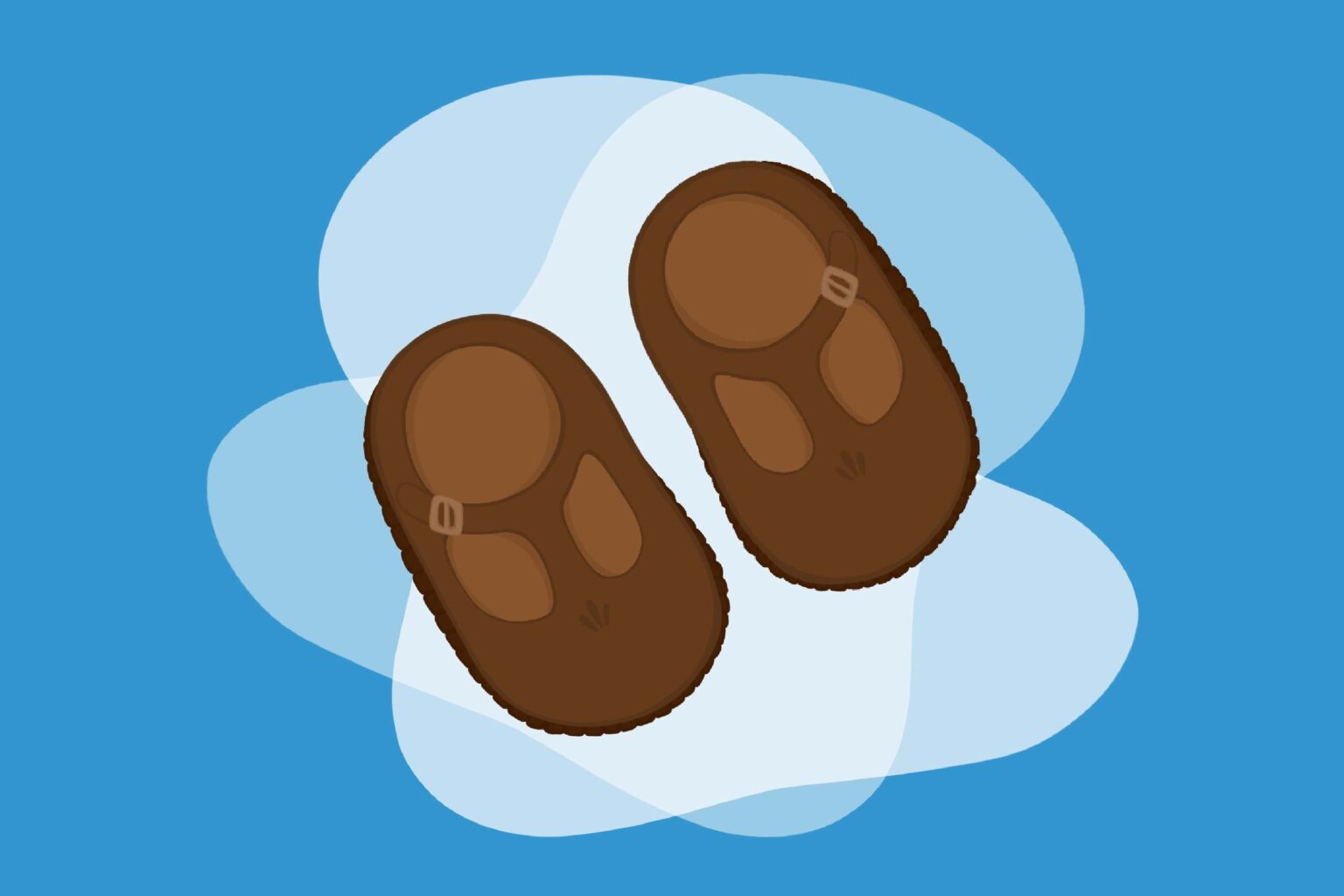7 Tips For Picking Shoes For Your New Walker

Once your child takes his or her first steps, he or she will really start taking off, and it will soon be time to start thinking about the right shoes. Chances are your child will probably spend the first days taking off shoes more than keeping them on. However, it’s important to outfit your little walker in shoes when he or she will be exposed to walking outdoors and/or on hot, cold, or uneven surfaces, according to the American Academy of Pediatrics.
Babies typically take their first steps at anywhere from 9-15 months, although longer bouts of walking may not come until later.
When it comes to purchasing footwear for your baby, they have different footwear needs than adults. For example, babies do not start to develop an arch in their feet until between ages 2 and 3. This means a shoe with arch support is unnecessary for an early walker. Since baby’s feet will typically grow fast, you can also expect to replace their shoes every three months. This means the right “first” shoes will be supportive enough to last, but don’t have to break the bank.
Heading to the baby shoe store? Here are a few tips for finding the right shoe and perfect fit:
1. Ask a salesperson to measure your baby’s foot. Since your child can’t really tell you if the shoes do or do not fit, measuring and asking the advice of a shoe professional can help you determine the best-sized shoe.
2. A baby’s shoes must be flexible to best support their feet. If the shoe can twist side-to-side and front to back, it is likely flexible enough. However, they should be sturdy enough to retain their form when taken off.
3. You can tell the shoe fits if you can put your pinky finger between your child’s heel and the shoe’s heel when your child is standing. You also should be able to press about a thumb’s width from the top of the shoe and your baby’s toes.
4. Babies need shoes with rubber traction to help prevent slips and falls (although they will inevitably occur).
5. The best shoe materials for baby are those made from leather or supportive mesh for breathability.
6. Velcro shoes are easier to put on but also easy for your baby to take off. Conversely, laced shoes are hard to put on but are more likely to stay on your baby.
7. Avoid high-top shoes—your child does not need the ankle support and these shoes can increase the risk for fall injuries.
Remember that when indoors in your home, barefoot walking can be helpful for your child. His or her toes are able to grip the ground and gain stability. This helps your child build muscles he or she needs to walk more steadily as he or she develops.
Sources:
- American Academy of Pediatrics
- Your Baby’s First Steps.
Lower Extremity Review - Not All Practitioners Embrace Soft Soles for Novice Walkers.
Parents - The Toddler Shoe Dilemma.
WEAR ABC Channel 3 - Taking Care of Your Feet.
Powered by Bundoo®










